Tezos X New Roadmap: Way To smart-rollups, 1 Sec Blocktime and Adoption

Everything has its own charm imparting them a unique identity. For example, an EV doesn’t have an unlimited service ceiling, while a petrol vehicle doesn’t have cost efficiency. So, if you have to enjoy one of the benefits, you need to sacrifice the other.
The drawback is pulling Web 3 away from hosting a suite of use cases because some use cases demand a multi-faceted approach where they want uniformity, standardization, interoperability of monolithic blockchains, and absolute sovereignty, high throughput of the modular blockchains.
In the absence of a subset matching all these criteria, it is hard to bell the cat of composability, interoperability, and performance that the industry seeks for core blockchain adoption. Tezos X roadmap has been built brick-by-brick to answer this. What Tezos X has in store for making Web3 go mainstream catering to all the sectors, let’s find out through its roadmap upgrade.

Smart-Rollups Rolled Out in 2023: The Building Block of Modulithic Ecosystem On Tezos X Roadmap
We are naming smart rollups as the building block of the Tezos ecosystem because they abstract the rollup environment to meet the specific needs of the client. For example, finance has played a key role in technology adoption. When the Bank of Scotland adopted the Internet in 1985, it created a ripple effect for the adoption of the technology. In the span of just 30 years, the Internet is a force to be reckoned with in finance.
Smart rollups of Tezos X mimic another Internet moment for finance because banking and financial systems want privacy as well as sovereignty to occur at once if they wish to resolve their legacy bottlenecks like delayed settlements. However, blockchains have been designed to either guarantee any one and not both collectively. Smart rollups under the Tezos X roadmap abstract private/ public operations as per the client’s need to ensure that banking and finance can enjoy private operations and, at the same time, enjoy all other benefits of blockchains like transparency and verifiability for resolving their legacy drawbacks.
In this way, financial institutions, who were otherwise wary of blockchains for their public nature, can build on top of it now, considering the modulithic interface they provide to match composability, interoperability, and performance issues, resolving all their erstwhile concerns. However, one still exists with respect to scalability because it is implied that smart-rollups provide private/public operations, but what about scalability?
DACs or Data Availability Committees have somewhat solved the same for smart rollups, but not without a drawback. For example, when you are dealing in a gaming sector or ticketing, ideally putting all the trust on a DAC, which is a group of data service providers readily making data available, is fine, but hosting a complete financial system on top of a trusted vendor wouldn’t attract the financial system to blockchains unless they are guaranteeing scalability, security and privacy and ease of development to all occur at once simultaneously.
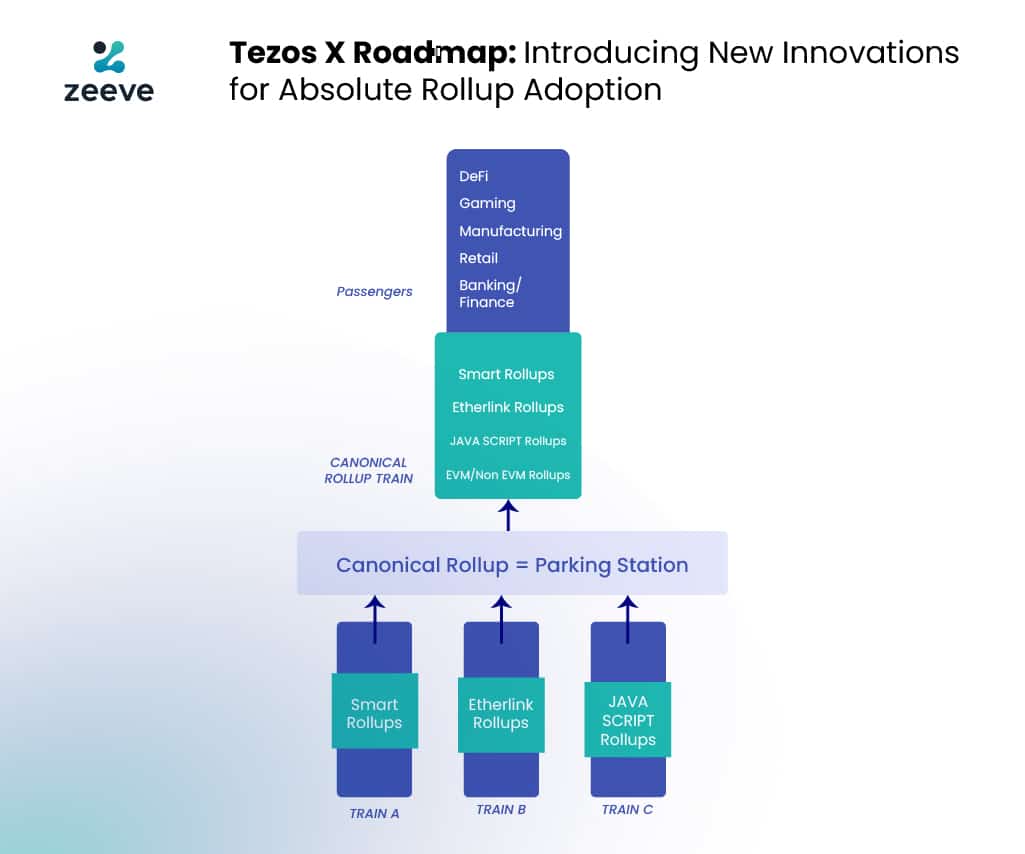
Data Availability Layer, Pipelining, and New RunTime: Unlocking Absolute Customization and 1 Sec Blocktime on Tezos X Roadmap
As implied, when you are processing data, it has to be smaller and, at the same time, fast to negate latency for finality. In this regard, the 16th protocol upgrade of the Tezos X Roadmap brings scalability, throughput, and privacy to occur all at once. Through the introduction of DAL or Data Availability Layer, Tezos X not only allows easy participation by any node but also shards the data into smaller chunks so that they occupy very little space as Proof-generating Virtual Machine or PVM on a 3400 TPS Tezos Rollup Inbox and reveal very little data for verification for achieving 1 Sec blocktime. As a result, in the presence of decentralized sequencers handling very small PVMs, latency can be brought down to a level where the speed of processing transactions can be further reduced from 10 sec/block to 1 sec/block.
In this pursuit, pipelining will play a crucial role, using data abstraction from the DAL to propagate blocks using the PVMs. To put that into perspective, data on the DAL will be broken down into multiple shards and available through a peer-to-peer data layer using erasure coding and kate commitments. .
This ensures that a fraction of the data is always available, and smaller proof sizes and the availability of decentralized sequencers to handle the network load will ensure a 1 sec block time. Since DAL inherits the security from L1 consensus, i.e., bakers, it makes the rollups easily able to decentralize its ecosystem and make it robust, secure, scalable, and transparent at the same time, and refutation as proposed under the Tezos X Roadmap will also eliminate any point of vulnerability in the roll-up ecosystem. Hence, low latency and high throughput will occur at once in the Tezos rollup ecosystem.
If you think that building all of these would require a uniform technology stack for operation across all rollup frameworks, the Tezos X roadmap has carefully considered that as well. The Jstz or RISC-V ensures the banking/finance Java environment remains undisturbed. The Jstz or RISC-V, Tezos X roadmap ensures that the upcoming rollups allow the users to build smart contracts using Java and not just Web Assembly (WASM) and Solidity. So, the developers can easily tap into the existing JS Tools and libraries and various sectors, including banking and finance. The team does not need to hire additional teams of Solidity and WASM developers, who are scarce and very costly for operations.
Breaking Barriers For Single Uniform Ecosystem: Liquidity Through Canonical RollUps and EtherLink Upgrade
When you are going to a battle with only the men that you know personally, you can easily fight hard, but you cannot fight for long. That’s where the desire for composability, where despite the fact that you know your counterpart well, you still operate together, matters for a bigger output. Canonical rollups under the Tezos X roadmap for 2026 have been designed to answer this. These canonical rollups support multiple execution environments with very high TPS and throughput. The image below shows.

Under the Etherlink update, which is an L2 blockchain built using Tezos Smart rollup technology under the Tezos X roadmap, the rollup environment can experience very low latency despite interacting with different dApps built across different blockchain ecosystems. The canonical rollups will be using the robust and battle-tested fraud-proof technology of the Tezos ecosystem, which shall allow any network participant from any other chains to participate in the Tezos ecosystem and vote, including the rollups built in the EVM environment using the EtherLink rollups ecosystem.
In this way, it will make the ecosystem participatory and help in building a one rollup ecosystem for all, irrespective of the technology stack used and the consensus mechanism followed, because everything will be getting settled on Tezos L1 for security and consensus, thereby, opening the doors to a pool of liquidity assembled in a single operational environment.
At the moment, blockchains are looking for innovation. Tezos X roadmap has been planned to separately answer all the queries, from handling centralization of sequencers to building a standardized operational environment for rollups to functioning irrespective of the technology stack and the programming language used. Hence, this will solve some of the key pain points that have obstructed the adoption of blockchain technology across all sectors.
Build Your Tezos Smart Rollups With Zeeve RaaS
Zeeve offers Rollups-as-a-Service (RaaS) to build your own custom rollup chain that fits into your use-cases-specific requirements. Those who are looking forward to building their smart rollups on Tezos that can grant them privacy, security, decentralization, and sovereignty can look forward to Zeeve’s RaaS. Zeeve’s extended partner network now also offers 40+ additional integrations for Tezos smart rollups. Launch your Tezos Smart rollups testnet in just a few clicks using our RaaS platform.
If you are planning to build your smart rollups and are not sure where to start, schedule a call with us to request a demo. Our expert team will guide you answering all your queries.


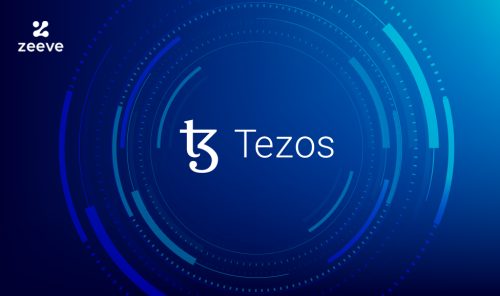

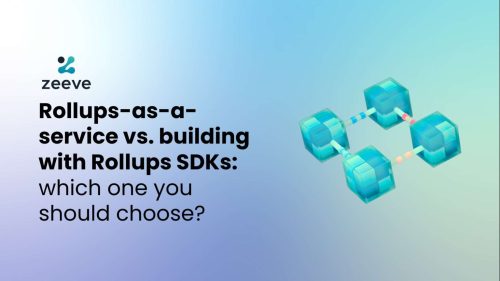
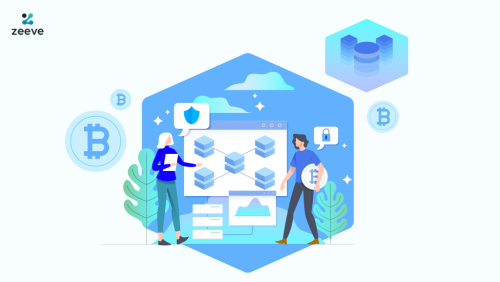
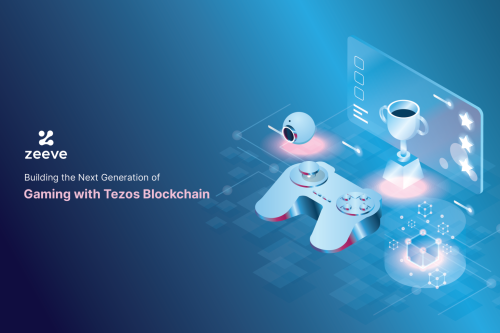
Responses